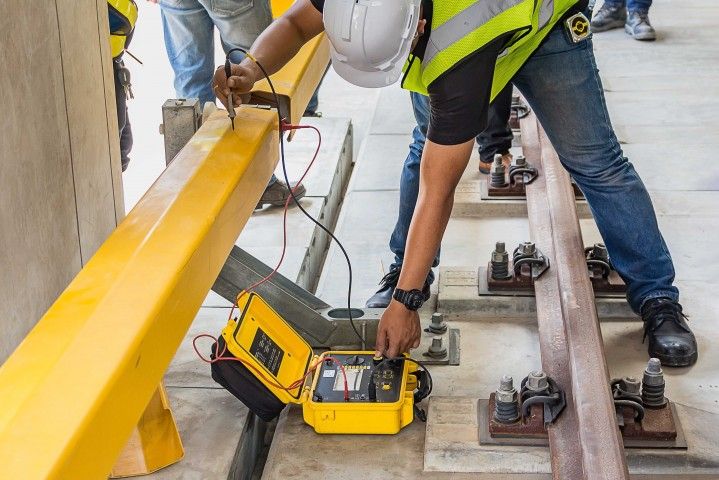LVD Test : Overview
All manufacturers are obliged to provide the necessary safety conditions for the products they put on the market. As markets grow, this requirement has become an international requirement. The requirement of product safety is a globally accepted topic.
Although security has different meanings, it will be possible to catch a common expression that will comprehend all approaches when it is defined as not including an unacceptable risk element, regardless of the condition.
In our age, the one who produces fast and supplies it to the market wins. The increase in the quantity and complexity of products results in an increase in potential hazards that can endanger the safety of users and property.
Product safety is the reason why this data and information is updated in itself, while following the applicable local regulations and standards. This approach and awareness brings with it an approach that will ensure that a product stays within the safety limits throughout its entire life cycle.
This new approach also helps prevent adverse events by quickly identifying safety issues before they cause injury.
Before using product safety concepts; It is necessary to understand what product safety is and the purpose of product safety. The main purpose of product safety is to identify, eliminate or control product hazards and to document the effectiveness of studies and results.
A precise concept of security in every sense is unfortunately not possible because it is not possible to completely escape from all dangerous conditions. The possible source of danger may be the device itself, as well as many factors such as the environment and the user. Therefore, security is a relative term that refers to both a perceived and an accepted level of risk. As a discipline applied from the initial design steps to product disposal, product safety is an optimized level of risk constrained by cost, time and operational effectiveness (performance) that requires an assessment of risk and the level of risk accepted or rejected.
This is the primary source of product safety requirement for both engineering and management functions. Sometimes product safety is confused with product reliability; however, even the most reliable product may not necessarily be safe. Product reliability is necessary but not sufficient by itself to ensure the safety of a product.
Product security sees the possibility of the system failing resulting in damage and estimates the severity of that damage. Reliability engineering examines probability alone, ignoring severity, and evaluates the likelihood of the product operating with pristine performance, but ignores the potential for co-existing bugs and common-cause threats to cause harm.
A safe product is achieved through the implementation and careful execution of a product safety program. The objectives of a product safety program are to provide:
Ensuring security requirements that will be cost effective and compatible with operational requirements
Identifying, assessing and eliminating hazards or reducing the associated risk to an acceptable level over the entire life cycle of a product
Consideration and use of historical safety data, including lessons learned from other products
Documentation of measures taken to eliminate hazards or reduce risk to an acceptable level
Making changes to design, configuration or operational requirements in a way that maintains an acceptable level of risk
Emphasis on safe and easy disposal of any hazardous materials associated with the product
Documenting key safety data as “lessons learned” and inclusion in databases, design manuals or guidance documents
Minimization of hazards identified after production in accordance with program constraints

